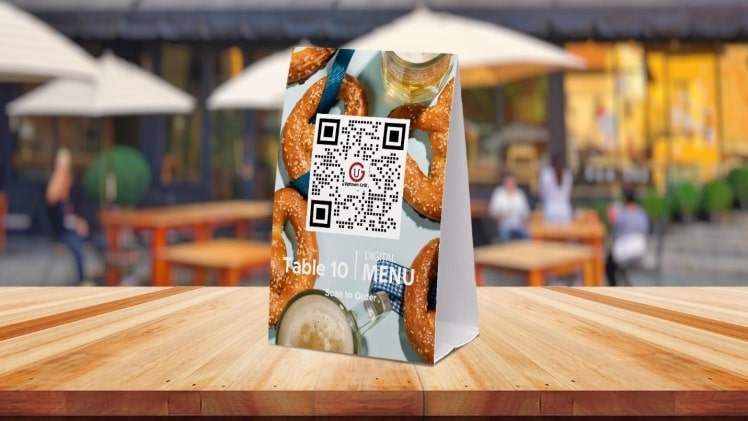Adopting the industry demands during the peak of the COVID-19 outbreak, many restaurants worldwide have made available al fresco dining. It has provided a contactless solution to prevent the spread of the virus while still letting customers enjoy dining out.
While the effects of the pandemic have been mitigated, al fresco dining stayed, and for a good reason — it has elevated the casual dining experience and mixed the dining experience with the bustling cityscape or quaint nature.
Along with the al fresco dining trend, a QR code menu has played a vital role in implementing digital solutions to limit social interaction. They come hand-in-hand with the popularity of al fresco dining across the globe.
How has a menu QR code contributed to the booming trend of al fresco dining? Here’s an overview.
What is al fresco dining?
In a nutshell, al fresco dining is dining outdoors. The term has an Italian origin, which means “spending time in the cooler.”
Al fresco dining is popularized because of the outdoor dining experience and the experience and party-like atmosphere it offers among friends and families. It encourages conversations and a fun time from person to person.
What are the benefits of using QR code menus for al fresco dining?
As mentioned, the booming trend of al fresco dining synchronizes with the rise in QR code usage in the restaurant industry. Here are the benefits of using a menu QR code in the industry.
1. Quicker table turnover
Especially amid the pandemic, restaurant ordering processes must be efficient, quick, and effective. A QR code menu has benefited many restaurants in a more streamlined ordering process, which in return, has led to quicker table turnover.
Quicker table turnovers are essential so that restaurants can seat more people. More people mean more customers, which ultimately means more sales!
Consequently, more customers sitting in restaurants may mean more tips from servers and wait staff! They get to take home better income by providing excellent services to customers.
2. Monitor table and customers’ dining time
With the popularity of al fresco dining, many customers covet the seat and reserve them days or weeks ahead. It’s understandable, especially if customers celebrate a special day like birthdays, anniversaries, or just a simple date night.
As al fresco tables are in high demand, restaurants can’t afford to sit with the same customers for more extended periods. Give a chance to other customers to experience al fresco dining, as well.
What’s great is that a QR code menu can keep track of each table’s dining time spent in the restaurant. When they stay too long, management staff can remind them to allow others to enjoy al fresco dining.
To avoid conflicts, restaurants can use a QR code menu to display that al fresco tables may have a time limit. This way, restaurants can set expectations and minimize conflicts when staff asks customers to wrap up their dining.
3. Fewer wait staff and servers
As one of the hardest-hit industries, many restaurants had no choice but to lay off employees to keep the operations running. The loss of hardworking people and experienced restauranters has impacted the sector as a whole.
What’s left of the staff and servers must optimize their skills to deliver sales to the restaurants. However, they can only do so much by wearing multiple hats simultaneously.
By digitizing online ordering processes through a QR code menu, restaurants have found a way to keep the key team while still generating revenue as if they have a larger number of staff and servers.
Restaurants have had better sales and investment returns by keeping overhead costs low.

